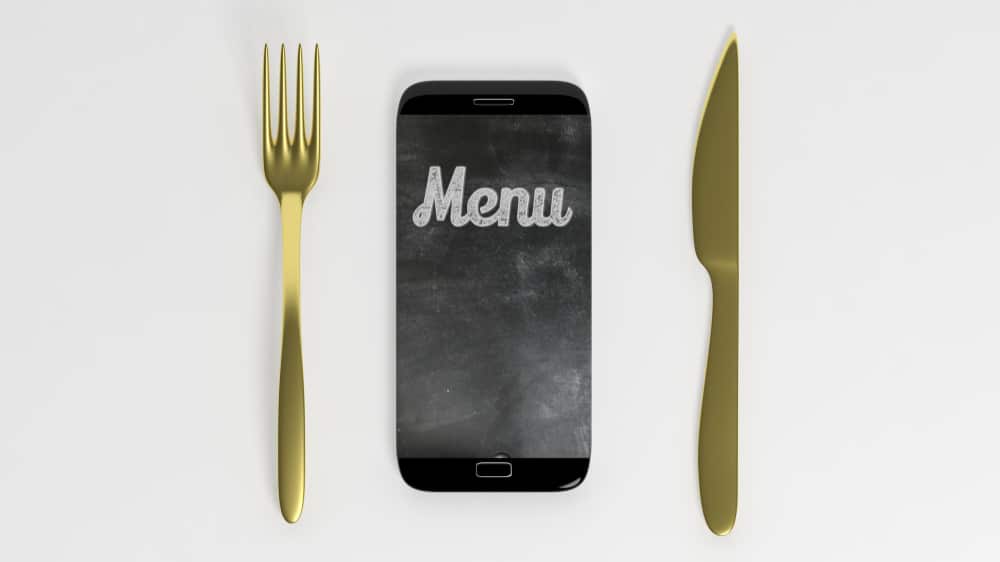Table of Contents
In the dynamic world of SMS (Short Message Service) communication, understanding how messages travel can significantly enhance the effectiveness of your mobile marketing and communication strategies. Thus, two critical terms that lie at the heart of SMS messaging are MO (Mobile Originated) and MT (Mobile Terminated).
While they may sound complex, the concepts are straightforward, and grasping their differences can open new avenues for engaging with your audience.
What is MO (Mobile Originated)?
MO stands for Mobile Originated, referring to messages that start from the user’s mobile device and travel to a system. Moreover, these messages are user-initiated actions where the individual actively sends a text to participate in a service or request information. Common examples of MO messages include:
- Text to Join: Users send a message to subscribe to a service or a mailing list.
- Text to Win: Participants send texts to enter competitions or sweepstakes.
- Customer Feedback: Also, customers provide feedback or answer survey questions via SMS.
Therefore, MO messages are the starting point for two-way communication between a business and its customers, allowing users to initiate contact and interact directly with services or promotions.

Understanding MT (Mobile Terminated)
MT, on the other hand, stands for Mobile Terminated. These messages originate from a system like YepText or ProTexting and are sent to the user’s mobile device. MT messaging allows businesses and organizations to deliver information directly to an individual’s mobile phone. Applications of MT messages include:
- Group SMS and MMS: Send bulk messages to inform subscribers about offers, news, or events.
- Alerts and Notifications: Individual notices about account activity, reminders, or confirmations.
- E-commerce Updates: Notifications on order status, shipping details, or special deals.
- Healthcare Appointments: Reminders about doctor appointments or health check-ups.
- Restaurant Menu Alerts: Updates on menu items, specials, or reservation confirmations.
MT messages are crucial in delivering timely and relevant information to users, enhancing customer experience and engagement.

The Interplay Between MO and MT Messaging
Understanding MO and MT messaging is crucial for businesses leveraging SMS communication effectively. MO messages empower users to initiate conversations and interact with your services on their terms. They symbolize a user’s interest or participation, making them invaluable for engaging and understanding your audience.
Conversely, MT messaging allows businesses to proactively contact individuals with tailored information, updates, or reminders. This direct line of communication ensures that your audience stays informed, engaged, and connected to your brand.
Key Differences
There are several differences between MO and MT, but in this section, we’re going to discuss a few main ones that are essential in differentiating between them.
Direction of Message Flow
- MO (Mobile Originated) Messaging: The mobile device originates messages and sends them to an external destination.
- MT (Mobile Terminated) Messaging: Messages are initiated externally and terminated at the mobile device.
Initiation Source
- MO Messaging: This is initiated by the user from their mobile device, such as composing a new message or replying to an existing one.
- MT Messaging: Initiated externally by servers, applications, or other devices and delivered to the mobile device.
Termination Point
- MO Messaging: Messages are terminated at the destination outside the mobile device, such as another mobile device or an application server.
- MT Messaging: Messages are terminated at the mobile device, where they are received by the user.
Importance for Service Management
- Network Operators: To efficiently route and deliver messages across the network.
- Service Providers: To design and implement messaging services tailored to user needs.
- Developers: To optimize applications and systems for effectively handling incoming and outgoing messages.

Strategic Implementation and Best Practices
Integrating MO and MT messaging into your communication strategy requires careful consideration and planning. Here are essential tips for effective implementation:
- Ensure Clarity and Relevance: Whether sending an MO prompt or an MT message, clarity in communication ensures users understand and engage with your content effectively.
- Respect User Preferences: Honor opt-in and opt-out requests promptly. User consent is paramount in building trust and maintaining legal compliance.
- Timeliness Matters: Leverage MT messages for timely updates and reminders, ensuring your communication is relevant and valuable.
- Encourage Interaction: Use MO messaging to invite user participation, feedback, or interaction, making them feel heard and valued.
- Analyze and Adapt: Continuously monitor the performance of your MO and MT campaigns. Use insights gathered to refine your approach, tailoring messages to better meet your audience’s needs.
Final Thought
MO and MT messaging differ in their initiation point and direction. MO messages flow from the user to the system, allowing individuals to engage with services, enter contests, or request information. MT messages, however, travel from the system to the user, delivering vital information, updates, and notifications directly to people’s mobile devices.
Integrating MO and MT messages into your communication strategy can create a robust, two-way communication channel that enhances customer engagement, satisfaction, and loyalty.
Understanding and utilizing each’s distinct advantages can help you tailor your messaging campaigns to meet your audience’s needs more effectively, driving success in your mobile marketing efforts.






